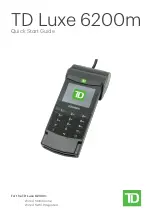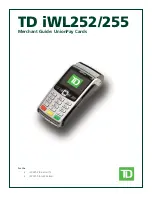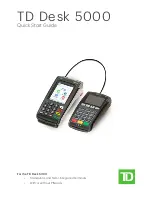
Screen Menus and Definitions
A-24
Table A-3. System Settings Menu Options
Type
Letter
Parameter
Default Value
Function
A
System Date
01-JAN-00
The System Date is set for each PG-Flex system individually and
displays as dd-mmm-yy. It increments automatically each midnight, as
long as the COLU and RTLU are installed in the shelf and CO battery is
connected to the COLU. If the COLU or the RTLU is removed from a
powered shelf, then reinserted, the date will be the same as it was when
the COLU or RTLU was pulled out of the shelf or when its power was
removed. It then continues to increment to successive dates each
midnight, as indicated by the System Time. All years which are evenly
divisible by 4 (including the default year "00") are considered leap years.
In such years, the date increments from 28-FEB-yy to 29-FEB-yy (where
"yy" represents the last two digits of the year, such as 00, 04, 08, etc.).
This product meets or exceeds the current technical quality requirements
for Year 2000 compliance and properly processes dates up to, and
beyond, December 31, 1999.
B
System Time
00:00:00 at
power on
The System Time must be set for each PG-Flex system individually and
displays as hh:mm:ss. System Time is lost (default back to 00:00:00)
whenever power is removed from the system shelf or the COLU or
RTLU module is removed and reinserted.
C
System ID
(all spaces)
The System ID is supplied to indicate the physical location of the PG-
Flex system (CO or RT terminal). Each PG-Flex system should have a
unique System ID. The default for System ID is "blank" (all spaces).
This can be left blank or set to any desired name of 24 or fewer characters
(including spaces). This name can be any mixture of alphanumeric
characters (including upper case, lower case, numerals, punctuation,
etc.). If System ID is set to "shelf 25 system A", this ID appears at the
top of each screen when accessing this system. This parameter is stored
in the CO line unit NVRAM and therefore does not change when power
is cycled or cards are removed and reinserted. If the CO line unit is
replaced, it is necessary to reenter the appropriate system ID.
D
Password
(all spaces)
If there is an FPI card present in the system, you will be connected to the
system through the connector on the FPI card front panel and will be
prompted for a password only on initial log on to the FPI card, before
accessing a specific system in the shelf. You will not be asked for an
additional password when accessing a system. However if there is no
FPI card, you will connect to each system individually through its front
panel connector and will be prompted for the individual system
Password. The Password default is <ENTER>. The password can be 10
or fewer characters (including spaces), or any mixture of alphanumeric
characters (including upper case, lower case, numerals, and punctuation
marks). This parameter is stored in the CO line unit card NVRAM and
therefore will not change when power is cycled or cards are removed and
reinserted.
Summary of Contents for PG-Flex
Page 10: ...PG Flex System Overview 2 Figure 1 Typical PG Flex Configuration 23 Shelf shown ...
Page 24: ...PG Flex System Overview 16 ...
Page 52: ...Installing PG Flex System Hardware 44 Figure 21 Connecting the Metallic Bypass Pair ...
Page 62: ...Installing PG Flex System Hardware 54 ...
Page 66: ...Terminal Management 58 Figure 28 Connecting an ASCII Terminal to a Line Unit ...
Page 104: ...Performance Monitoring 96 ...
Page 120: ...Troubleshooting 112 ...
Page 158: ...Screen Menus and Definitions A 36 ...
Page 162: ...Acronyms and Glossary Glossary 4 ...
Page 167: ......
Page 168: ......
















































